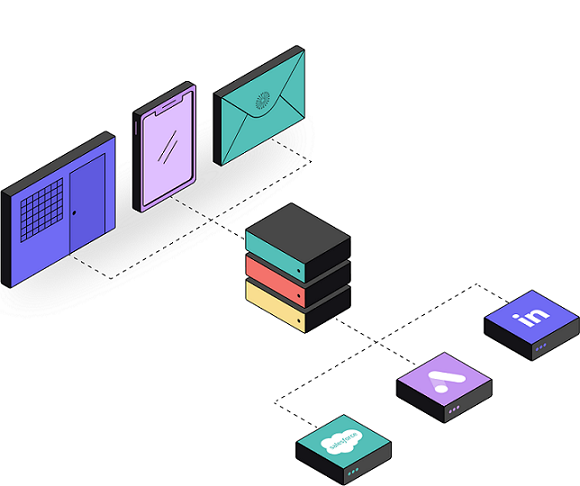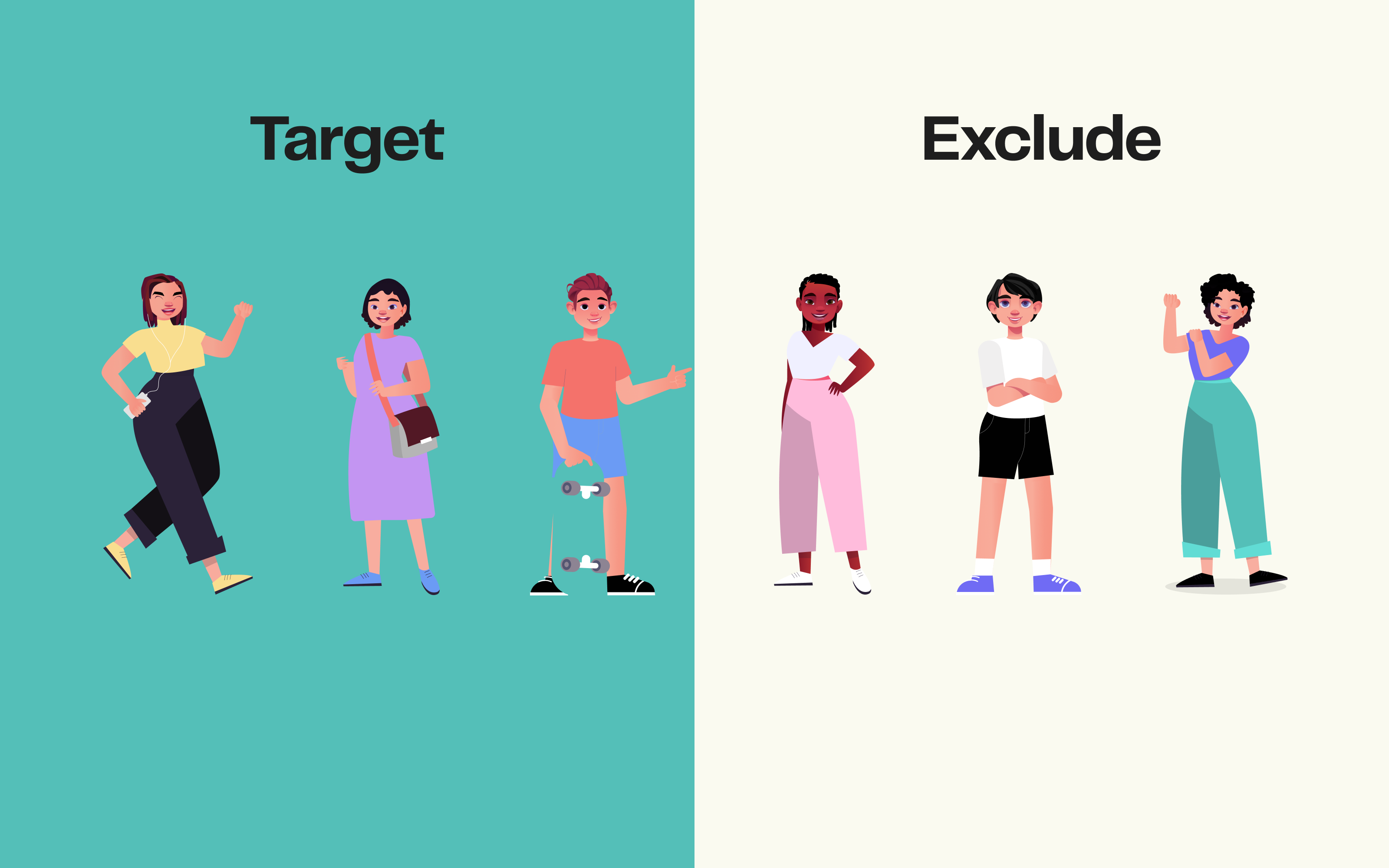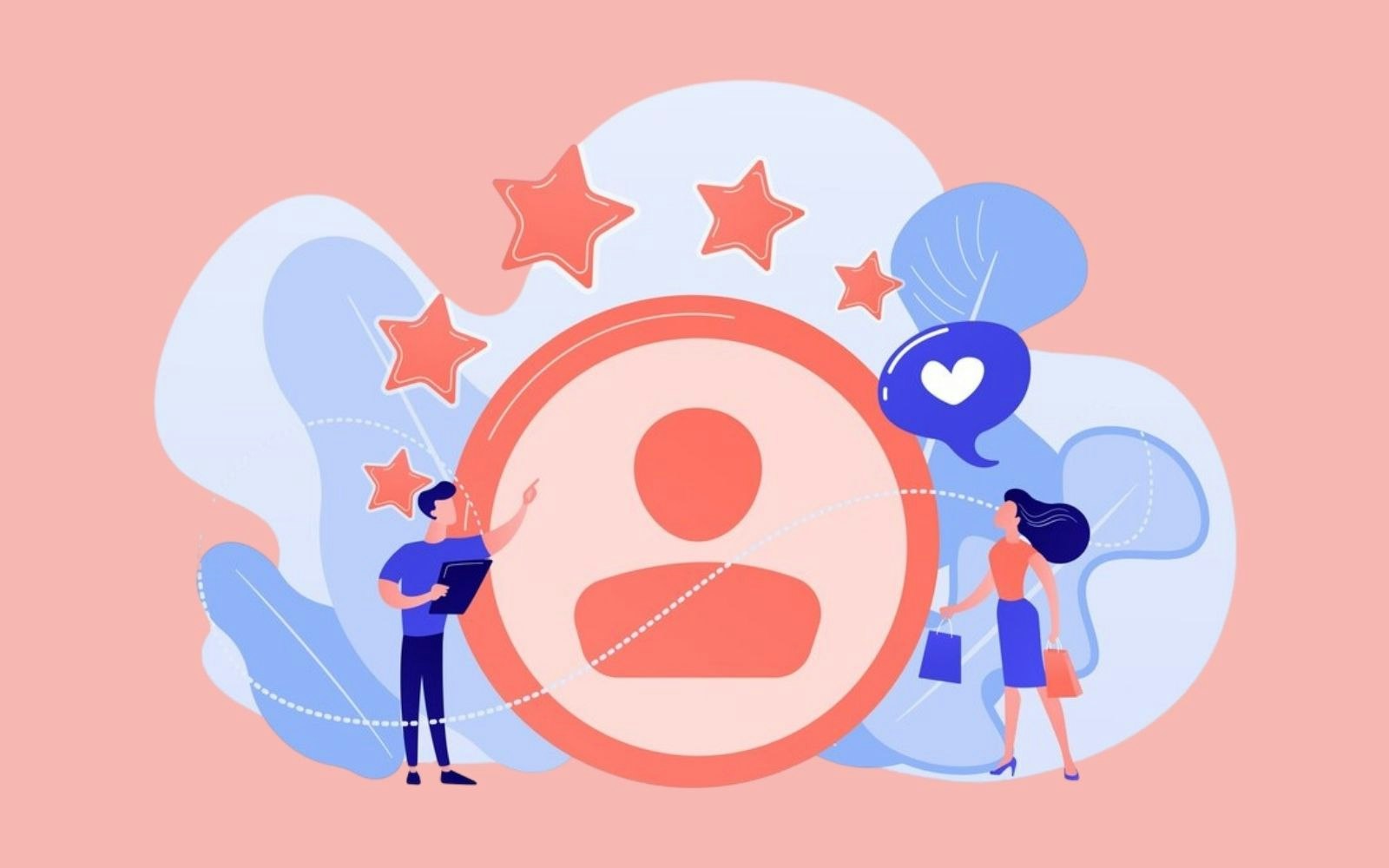
Balancing privacy and marketing performance
4min • Last updated on Jun 23, 2025

Yomna Sfaxi
Growth & Marketing Manager
Privacy is both a regulatory and a technological issue, that grew increasingly in the last few years, and has a deep impact on marketing performance and measurement.
Yet, marketers can successfully rely on their first party data to continue using performant audience strategies.
Key Takeaways :
It is possible to reconcile privacy with personalised marketing.
First-party data offers a dual advantage. It enables you to better understand your customers while reducing acquisition costs.
A composable CDP helps you activate this data in full compliance with regulations.
👉 Learn how to use DinMo to navigate into a cookieless world and boost your marketing performance by delivering personalised ads while preserving privacy. 🎯

Impact of privacy restrictions on the volume of available data
Privacy regulations
Since 2018, different privacy laws have been adopted across the world, regulating the collection and use of personal data. These regulations are particularly restrictive in the European Union, especially with the GDPR ones.
Moreover, CNIL’s new guideline towards cookie consent banners has lowered the average consent rate to 65%, deeply impacting the volume of data available to advertisers.

Technological barriers
Beyond these legal restrictions, big techs are more and more aggressive towards privacy concerns, threatening online advertising use cases. Indeed, the use of cookies and traditional trackers (client-side tags) is jeopardised by technical evolutions from web browsers.
While restrictions on third-party cookies have already been initiated by Apple and Firefox since 2017, Google Chrome was planning to phase them out by 2025.
This decision has now been cancelled. Despite this, marketers will have to adapt to a world without cookies.
Furthermore, Apple started tough actions regarding privacy on the app universe (iOS devices), impacting the advertising and emailing tracking and blocking push notifications.
Why adopt a strategy based on first-party data?
Reduce the risk of cost increases
According to a KPMG study, around 85% of customers are concerned about data privacy. At a time of major data breaches, they want to be sure that their data is protected and kept safe.
At the same time, consumers want brands to provide them with a personalised experience. In particular, they want information that best meets their needs.
Customer knowledge is crucial to perform personalised marketing campaigns and customer experiences. Consequently, creating a first-party data strategy is more important than ever as the industry shifts towards a privacy-driven approach to marketing.
Indeed, according to a recent McKinsey study, companies that do not figure out a robust first-party data strategy will see their acquisition costs skyrocket, having to spend 10 to 20 percent more on marketing and sales to generate the same returns.
Send conversions to your media platform
To keep a satisfactory level of customer knowledge, it is necessary to inject personal data - that is stored in your datawarehouse - in your marketing tools.
Composable CDPs or Reverse ETL allow you to send any type of conversion (regardless of the channel or the stage of the customer journey) to your social platforms:
Offline data (store sales, calls, etc.)
Ad CRM data (email opening, subscription, sign-up, sales, …).
Sending these conversions allows to have events which could not be collected because of user consent.

It allows you to obtain a 360° overview of your consumers, especially by integrating data at the bottom of the conversion funnel, while maintaining privacy. You can then improve campaign performance and measurement by relying on this valuable data.
For example, Facebook observes a reduction in CPA by 8% on average for enterprises that send their first-party data (through Meta Conversions API).
Define high-value audiences using first-party data
By mixing online and offline data throughout the whole customer journey, more relevant customer audiences can be built from your first-party data. Tools like DinMo help you to synchronise these audiences in your media platforms.
You can then easily activate them to improve acquisition through lookalike strategies and personalised and cross-environment retargeting. For instance, using high lifetime value similar audiences can improve your ROAS by up to 33%.
Want some help and advice on the best way to navigate into a cookieless world? Do not hesitate to contact us to set up a free consultation with our experts.
FAQ
What is the best alternative to third-party cookies for marketing personalisation?
What is the best alternative to third-party cookies for marketing personalisation?
First-party data is the main alternative. It comes from channels the company directly controls: website, mobile app, CRM, etc.
This proprietary data enables segmentation and personalisation without relying on third-party cookies.
Solutions such as CDPs, conversion APIs (Meta CAPI, Google Enhanced Conversions…) and server-side tracking allow these data to be activated in full compliance.
What pitfalls should you avoid when implementing a first-party strategy?
What pitfalls should you avoid when implementing a first-party strategy?
Among the common mistakes are:
- Failing to consider the needs of business teams,
- Overlooking the quality of collected data,
- Skipping a unified foundation, such as a data warehouse.
An effective first-party strategy relies on structured data collection, clear governance, and tools suited to omnichannel activation. A data warehouse combined with a composable CDP allows you to centralise and activate this data across all marketing and sales tools in full compliance.
















